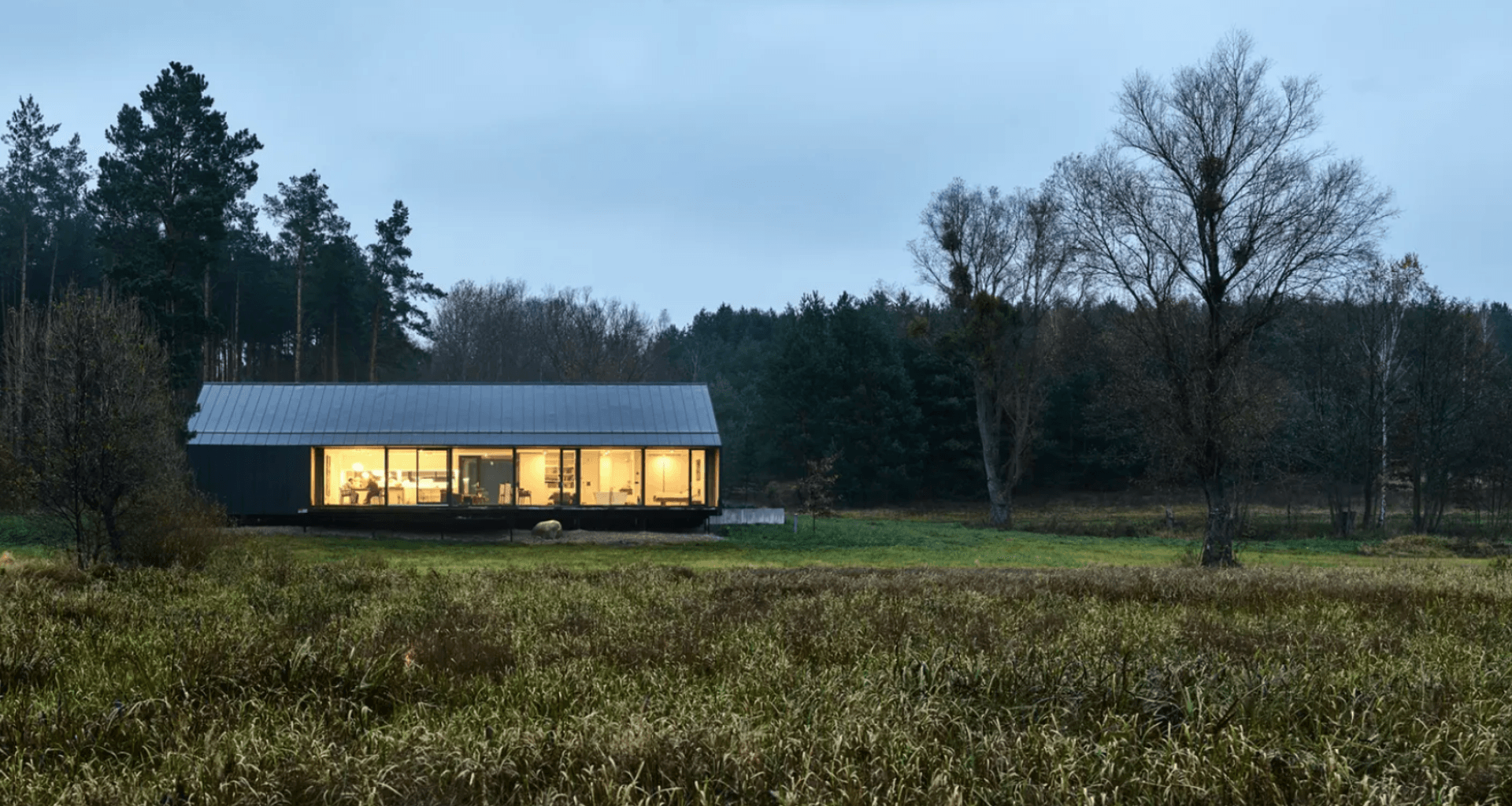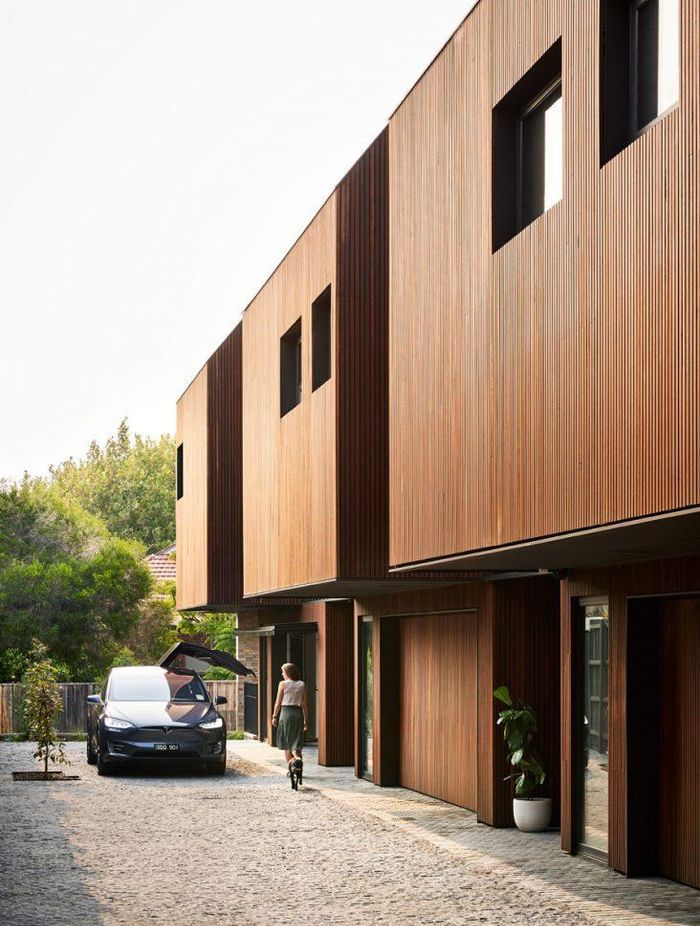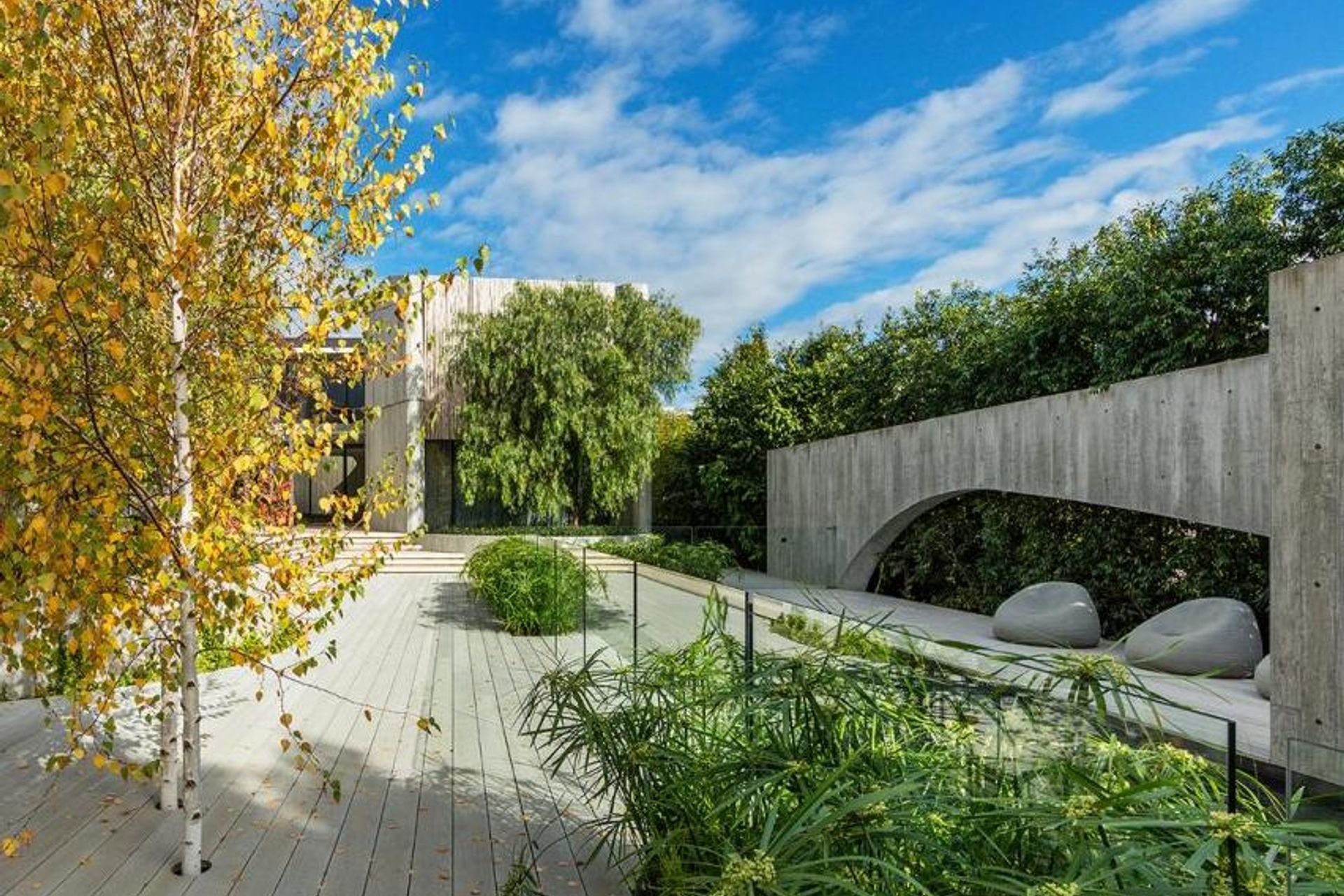Sustainable Design: Material Selection & Landscape

Materials

The selection of materials in a home is critically important in how the building will perform.
At AM Architects, we carefully select the materials of the building envelope and interior finishes to reduce the environmental impact. Materials with a low carbon footprint are used if appropriate, although occasionally a material with a higher carbon footprint may be justified by lower resulting operational energy costs. It is a fine balance between the two and needs careful consideration.
A good example is the use of concrete that has a high carbon footprint, but can contribute positively to a home via thermal mass for passive heating and cooling.
Landscape

Landscape design that is well integrated in the overall design of the home and site provides multiple benefits, from general wellbeing, biodiversity, shading, reduction in rainwater runoff and improved air quality which is particularly important in urban areas.
Sustainable architecture creates beautiful, enjoyable indoor spaces but also embraces the natural beauty of the outdoor environment and encourages time outdoors. Including views to gardens, courtyards and green walls and roofs enhances the appeal of an interior space and the connection to nature.
Planting helps filter the air and improves air quality. Landscaping can also be used to aid passive temperature control by providing shade from the sun and wind breaks to the breeze.
As our cities become more dense, the space for landscape decreases which puts strain on biodiversity. Considered landscape can be part of a green network supporting bees, birds and insects to provide important pollination for food production.
On site food production via vegetable gardens & orchards provide health benefits by encouraging outdoor activity, exercise and healthy eating.
